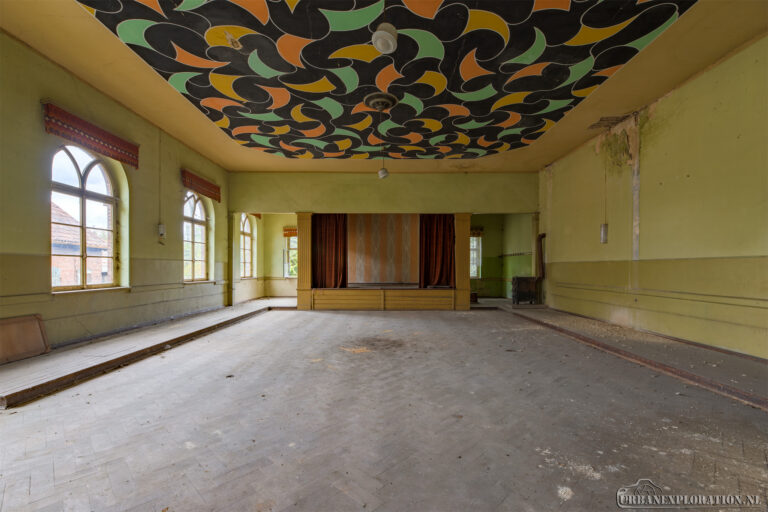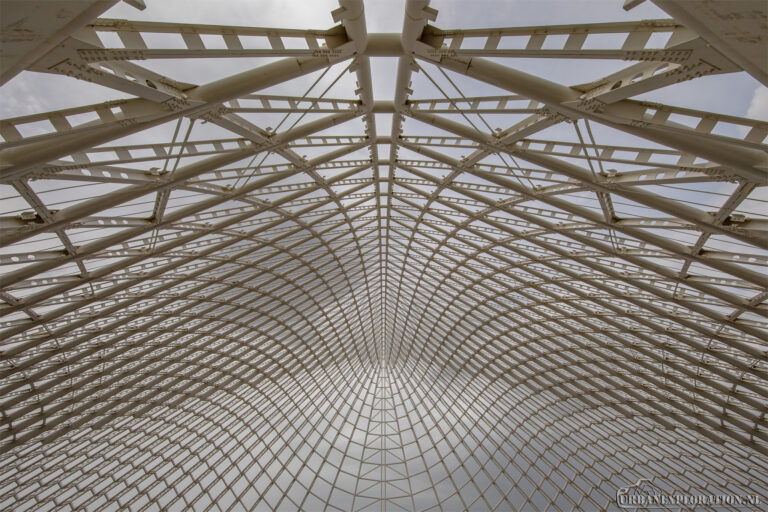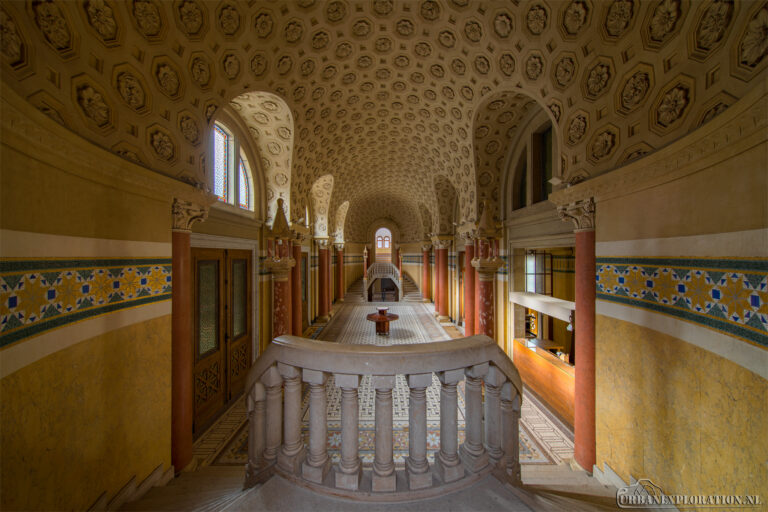Beringen Mine / Charbonnage de Beringen
The Beringen mine was established in the early 20th century, following the discovery of vast coal reserves in Belgian Limburg. The complex quickly grew into one of the largest and most important coal mines in the country. From 1924 onwards, the imposing coal washing plant played a central role: it separated and processed the raw material into usable coal.
Around the mine, an entire community developed. Residential districts, known as “mining cités,” were built for the thousands of workers and their families, complete with schools, shops, and churches. Beringen attracted laborers not only from across Belgium but also from Italy, Poland, Greece, and Turkey. The mine became both an economic powerhouse and a meeting ground of different cultures.
Life underground was hard and dangerous. Deep shafts, suffocating heat, and constant risk of collapse made mining one of the toughest professions of the era. Still, for decades, coal mining provided the foundation of prosperity in the region. Generations grew up with the rhythm of the hoisting towers, the whistle signals, and the long days spent below ground.
After the peak years of the 1950s and 1960s, coal mining gradually declined. Imported coal became cheaper and local production less profitable. On October 28, 1989, the Beringen mine was closed permanently. Thousands of workers lost their jobs, marking the end of an industry that had shaped the region for nearly a century.
Today, the monumental buildings of the former mine still stand as a reminder of an era of industrial activity, hard labor, and social change that left a lasting imprint on both the landscape and the community.
- Visited - February 2020
- Defunct - 1989
- Status - Museum
- Country - Belgium









































